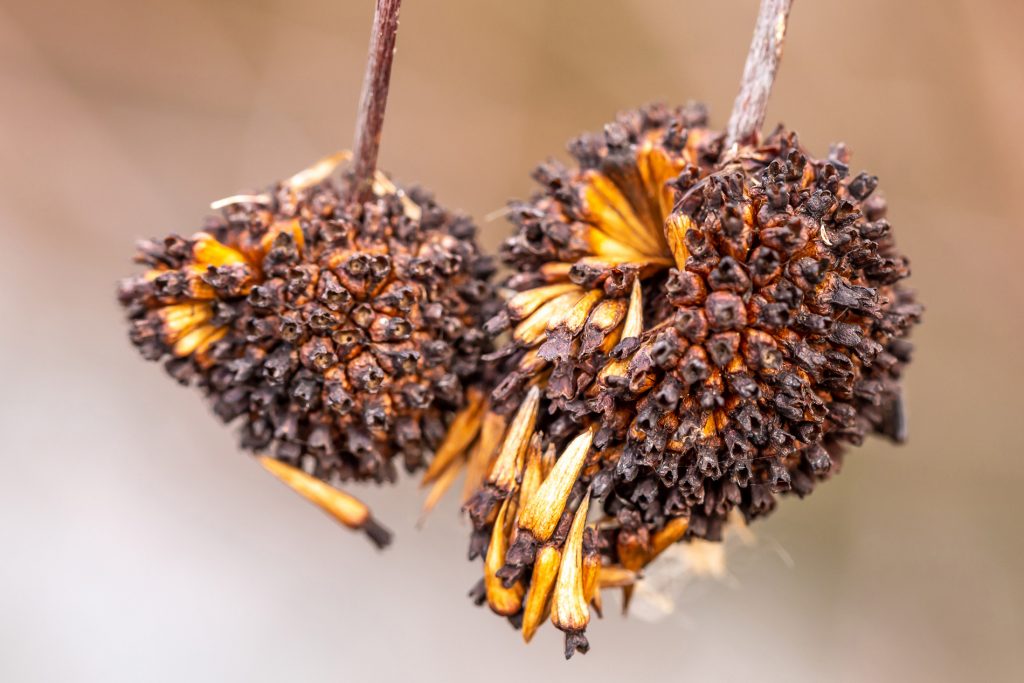MESSAGE FROM LEWIS GINTER’S DIRECTOR
Planting Seeds for Change
Richard Piacentini, the visionary CEO of Pittsburgh’s Phipps Conservatory and Botanical Gardens, famously has written with regard to the challenges of environmental stress “Being Less Bad is Not Good Enough Anymore.” He has invited the entire public gardening community to join Phipps in approaching our common work with the tools of regenerative thinking and design. The approach is not one of “sustainability” alone; sustaining a system that is locked into a downward spiral when interwoven with other systems smacks of simply “being less bad.”
Nor it is an approach of resiliency alone. The resilience of Eastern rivers and bald eagles in my lifetime has not allowed us to engage with more local and manageable challenges, but to be stunned by the shifting conversation. Instead of the unfettered celebration of scores of eagles nesting along the James, a river increasingly free of the pesticide Kepone, we wonder about the future of that river’s estuary should the Hampton Roads surrender to rising seas.
Regenerative
The regenerative approach, as detailed by academics, architects and systems professionals, is empirical, nuanced, and complex. A common metaphor for regenerative design is, fortunately for our use, the work of gardening. How so? When done with skill, with ready hands and open eyes, a gardener learns from the plants as much as she works with them. When done with care, with informed perspective and thoughtful application, a gardener treats the landscape with tenderness, treading lightly on holy ground. When done with gratitude, with compassion for the gifts of the earth meant to be shared with others, a gardener works to give back to the earth as much or more as is pulled from her. When done with love, a gardener plants, tends and harvests for neighbors unseen and generations unborn. Regenerative.
